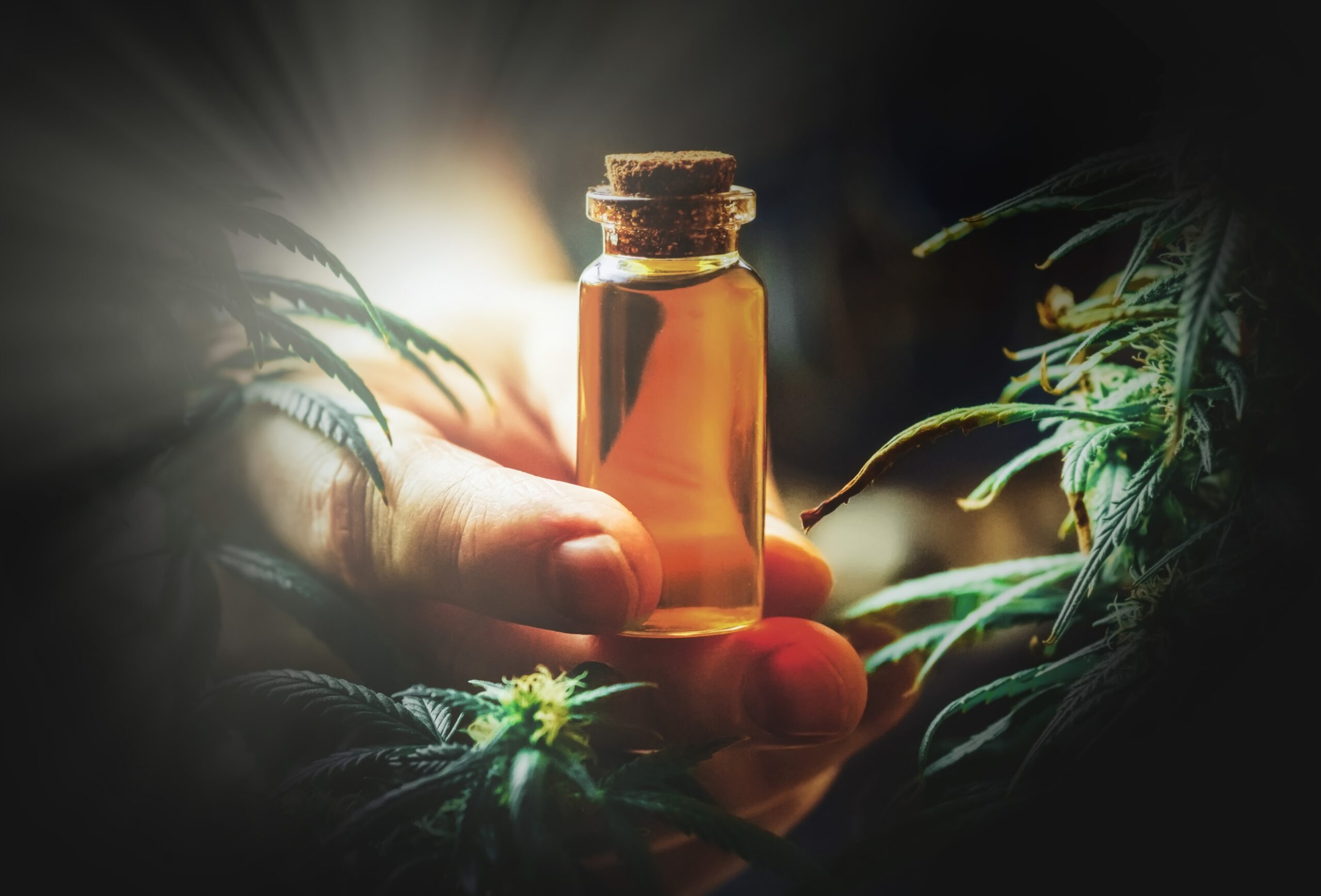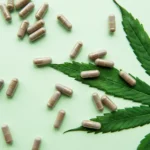- 27 Oct 2025

As CBD oil becomes more popular, many people are curious about its production and effects. This article covers questions about CBD oil production yield per plant, side effects, and the differences between CBD oil and hemp oil. Understanding these aspects can help users make informed decisions about which product is right for them.
Table of Contents
ToggleThe amount of CBD oil produced from a single plant varies due to factors such as:
An average hemp plant cultivated for high CBD content can produce 0.5 to 1 kilogram of biomass, resulting in 100–200 grams of CBD oil after extraction. In larger operations, farmers can expect around 150-300 pounds of CBD oil per acre, depending on cultivation practices.
CBD oil is generally well-tolerated, but some users may experience side effects, particularly when taking higher doses. Here are common side effects to be aware of:
CBD oil and hemp oil are often confused, but they differ significantly in their extraction, composition, and use cases.
While CBD oil derived from hemp (with less than 0.3% THC) is legal in many regions, it often requires regulation. In contrast, hemp oil, without cannabinoids, faces fewer restrictions and is widely available in most markets.
Understanding how much CBD oil a single plant can yield, its potential side effects, and how it differs from hemp oil can help users choose the right product for their needs. As with any supplement, it’s essential to consider potential side effects and consult with healthcare professionals if using CBD oil alongside other medications.

Pushpendra Singh is a digital marketing expert with 17 years of experience. He’s helped many businesses grow by running successful online campaigns. Pushpendra knows a lot about digital marketing and understands how to make brands stand out online. He enjoys tackling new challenges and helping businesses succeed.
High CBD Gummies by Marketcap © All Rights Reserved 2025




